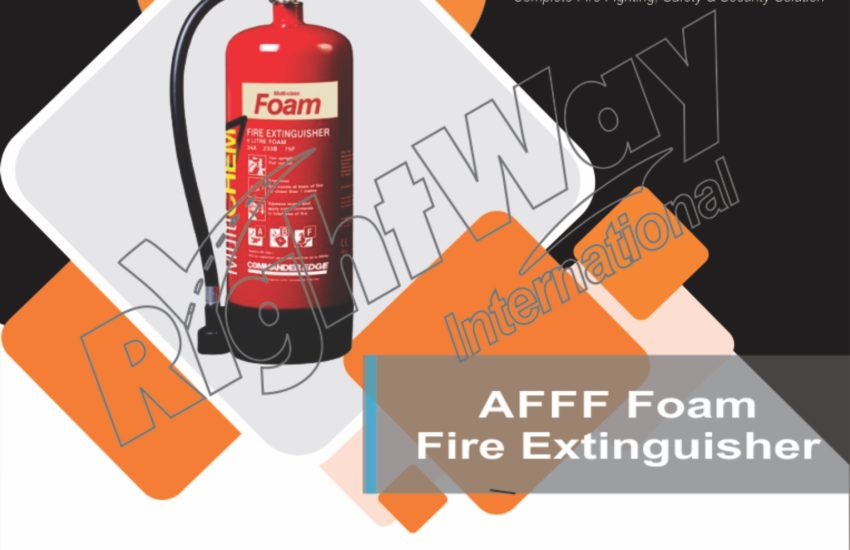AFFF Foam Fire Extinguisher are highly effective tools used to combat various fire hazards, especially those involving flammable liquids. In this guide, you’ll learn about their types, benefits, applications, and maintenance—so you can better protect your environment from fire risks.
What Is an AFFF Foam Fire Extinguisher?
An AFFF fire extinguisher uses a specialized foam that rapidly suppresses flames by cutting off the fire’s oxygen supply. It forms a thin film over the fuel, preventing re-ignition. This type of extinguisher works well on both Class A fires (ordinary combustibles) and Class B fires (flammable liquids).
Types of AFFF Foam Fire Extinguishers
1. Class AFFF Extinguishers
These extinguishers target fires involving wood, paper, and flammable liquids. They cool the surface and seal vapors, which helps stop the fire from spreading.
2. Dual-Agent AFFF Extinguishers
In addition to foam, these extinguishers include a dry chemical agent. As a result, they provide stronger and faster suppression of both Class A and Class B fires.
Benefits of AFFF Foam Fire Extinguishers
Highly Effective on Flammable Liquids
AFFF extinguishers are excellent at putting out fires caused by gasoline, diesel, or oil. They create a barrier that isolates the fuel from oxygen, which stops the fire in its tracks.
Cooling Capabilities
Not only does the foam smother the flames, but it also cools hot surfaces. Therefore, it reduces the risk of the fire restarting.
Broad Coverage Area
Since AFFF foam spreads quickly and evenly, it is ideal for covering large spills or wide surfaces. This ensures faster containment of fire outbreaks.
Improved Environmental Safety
While older AFFF foams contained harmful chemicals, many modern versions are designed to be more eco-friendly. However, proper disposal remains essential.
Applications of AFFF Foam Fire Extinguishers
Industrial Sites
In chemical plants, refineries, and warehouses, AFFF extinguishers are critical. They offer fast, reliable fire control where flammable liquids are present.
Transportation Hubs
You’ll often find these extinguishers in areas like refueling stations and loading docks. Their ability to handle liquid fuel fires makes them ideal in these locations.
Marine Environments
Ships and offshore platforms rely on AFFF extinguishers. Their performance in oil and fuel fires makes them a top choice in marine safety systems.
Commercial Buildings
Offices, shops, and public buildings benefit from having AFFF extinguishers—especially if flammable materials are used or stored on-site.
Maintenance of AFFF Foam Fire Extinguishers
Conduct Monthly Inspections
Every month, check that each extinguisher is charged, accessible, and free from damage or leaks. This quick task helps ensure they’re ready when needed.
Schedule Annual Servicing
Each year, a certified technician should inspect and service the extinguisher. During this process, they check the pressure, nozzle, and foam quality.
Recharge or Replace After Use
Once discharged—or if the extinguisher is faulty—it must be recharged or replaced. Always follow the manufacturer’s guidelines and dispose of foam responsibly.
Conclusion
AFFF foam fire extinguishers offer reliable protection, especially in environments with flammable liquids. By understanding their features and ensuring regular maintenance, you can significantly reduce fire risks. In the end, staying prepared and proactive ensures safety for everyone.


